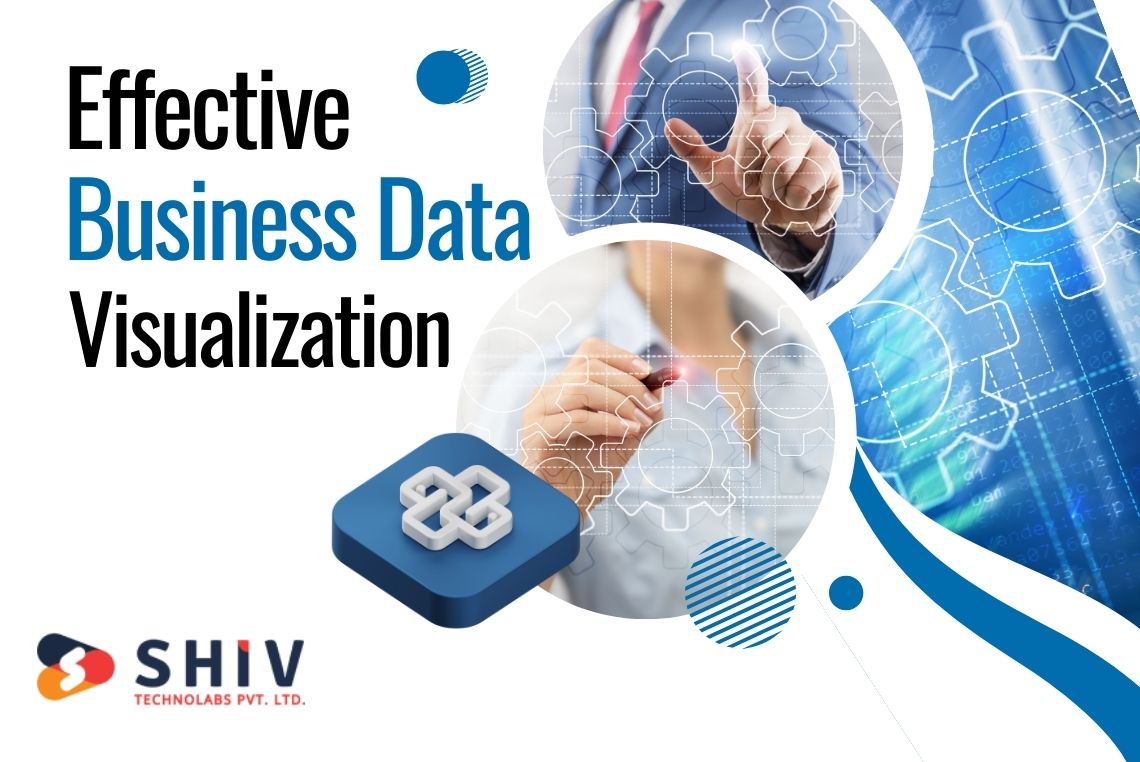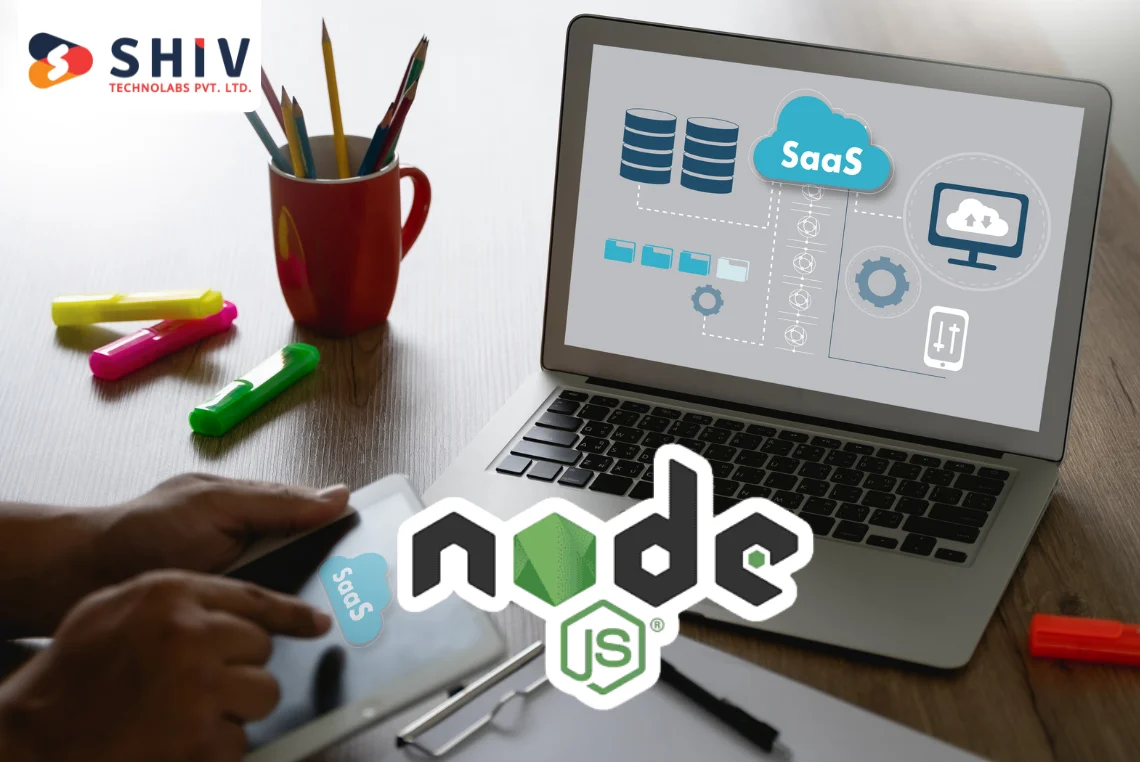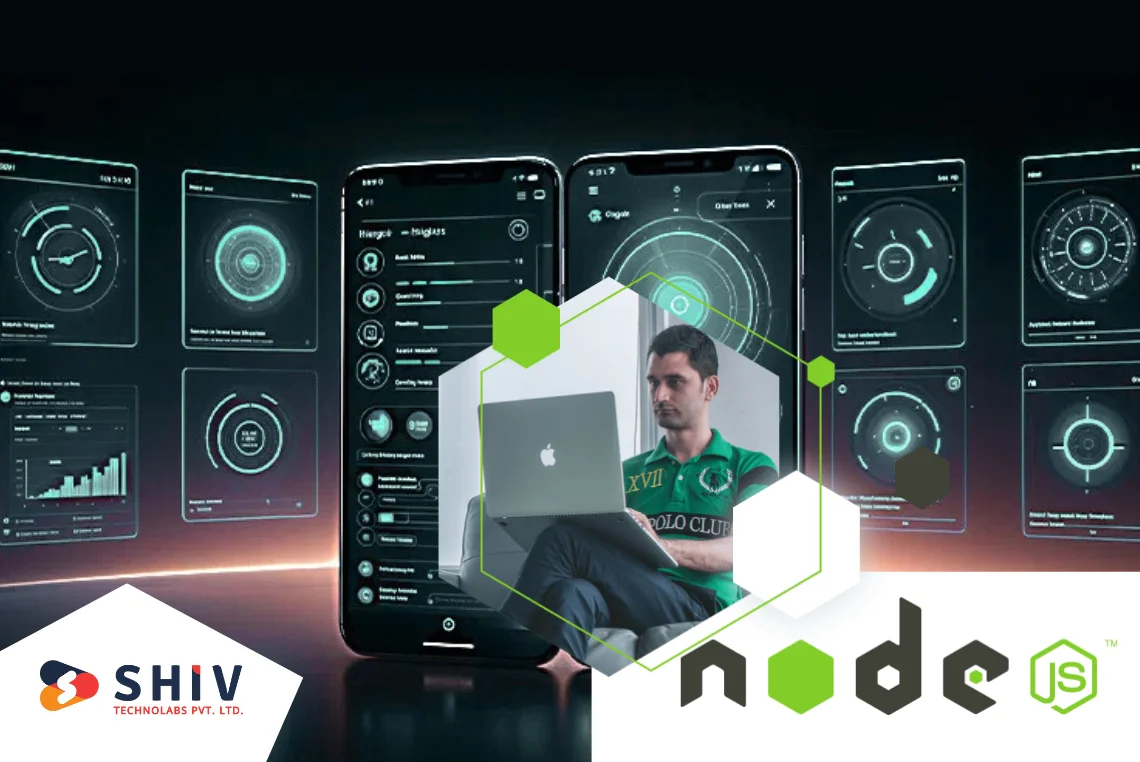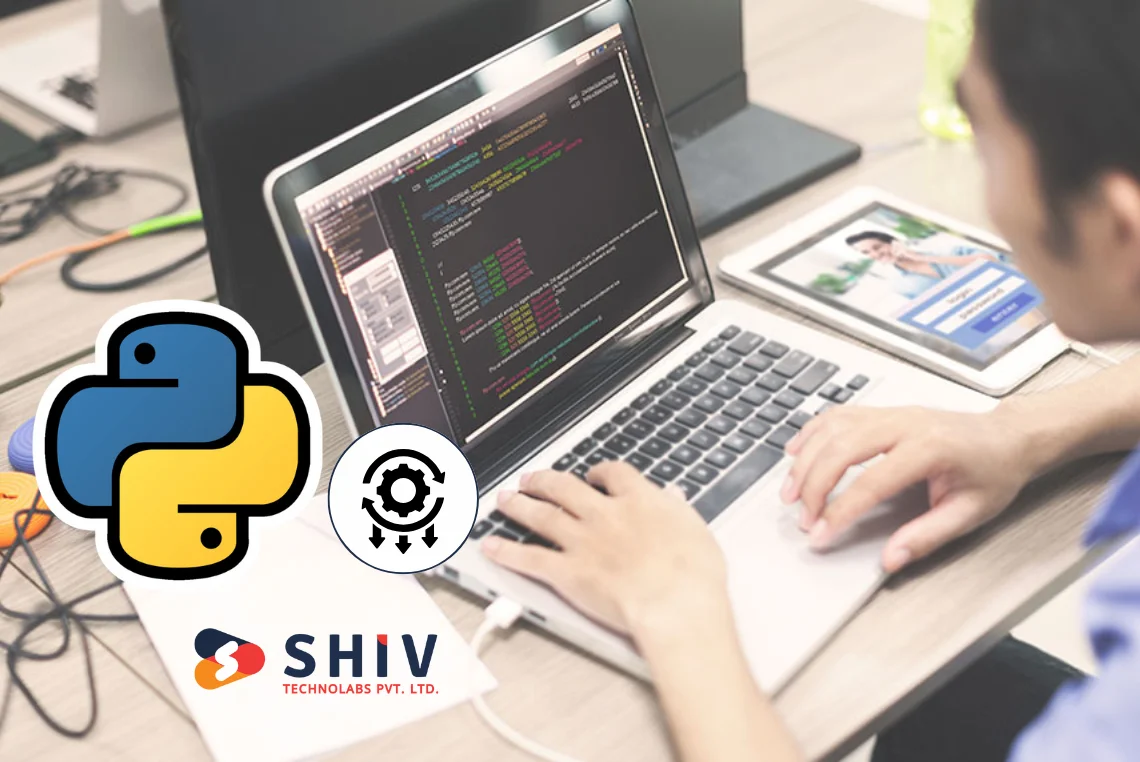Table of Contents
Clear charts turn raw numbers into actions across sales, marketing, finance, and product, reducing confusion and meeting churn. With Python Libraries and a Python Development Company, your team can pick stable tools and set visual rules that stick. Those choices cut rework, speed handoffs, and keep dashboards consistent across departments and time periods.
This guide ranks the top options and shows where each fits for KPIs, funnels, cohorts, and regional trends. You will see short code notes, common pitfalls, and simple steps for titles, legends, scales, and tooltips. Expect practical tradeoffs and patterns that help analysts publish clear, accurate charts in notebooks, slides, and web apps.
Implementation support with Python Libraries
Working with a Python Development Company adds process, guardrails, and repeatable results for business charts. Teams often face drifting styles, slow plots on larger data, and unclear color scales. A structured setup fixes those issues with version pinning, naming rules, and a small chart catalog that matches real KPIs.
We start by auditing sample reports, then map needs to the right Python Libraries. Matplotlib or Seaborn handle static reports with precise control. Plotly, Bokeh, or Altair add interactivity for tooltips and filters. GeoPandas or Folium cover regional metrics and store maps. Dash supports lightweight apps when stakeholders need inputs and quick comparisons.
Delivery focuses on maintainable code and review-ready visuals. You get typed functions, linting, tests for data joins, and golden-image checks for charts. We add a style guide with color tokens, axis rules, and label patterns, plus CI jobs that catch breaking changes. Handovers include templates, a dashboard skeleton, and short workshops so analysts ship consistent charts without guesswork.
The Best 12 Python Libraries for Visualizing Business Data

Discover the top 12 Python libraries for transforming business data into insightful visualizations. These tools will help you turn complex datasets into clear, actionable insights for better decision-making.
1) Matplotlib
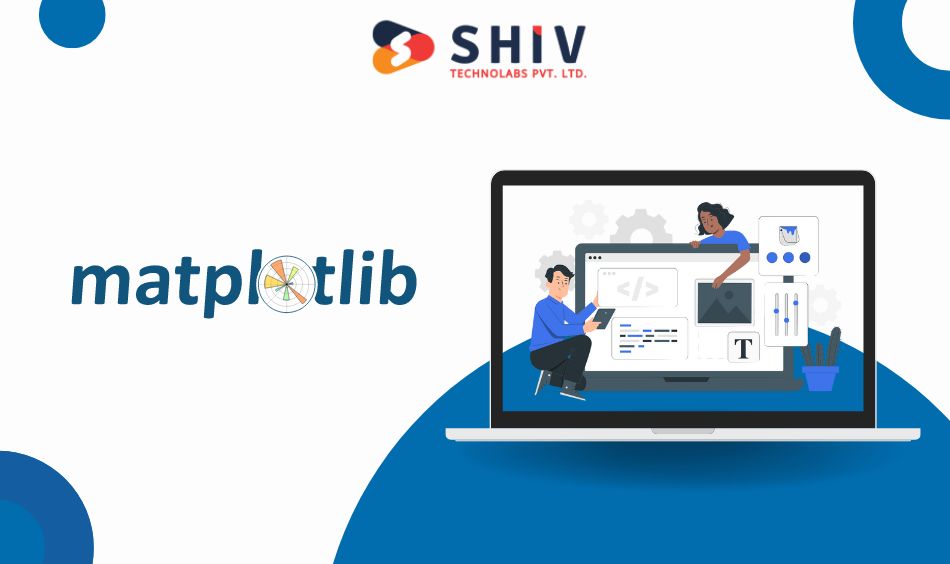
Matplotlib is one of the most popular and widely-used Python libraries for data visualization. Its versatility and extensive range of plotting capabilities make it a cornerstone for many data analysts and scientists. With Matplotlib, you can create a wide variety of static, animated, and interactive plots, including line graphs, bar charts, histograms, scatter plots, and more.
Matplotlib is particularly useful for creating detailed and customized plots. It provides a high level of control over plot appearance, allowing users to fine-tune every aspect of their visualizations. This level of customization is essential for business analysts who need to tailor their visualizations to specific audiences and purposes.
2) Seaborn
Seaborn is built on top of Matplotlib and provides a high-level interface for drawing attractive and informative statistical graphics. It simplifies the process of creating complex visualizations by providing built-in themes, color palettes, and data visualization functions.
Seaborn is particularly well-suited for visualizing statistical relationships. It offers functions for creating heatmaps, violin plots, box plots, and pair plots, among others. These visualizations are useful for identifying patterns, correlations, and distributions in business data, making Seaborn a valuable tool for business analysts.
3) Plotly
Plotly is a powerful library for creating interactive and web-based data visualizations. It supports a wide range of chart types, including line charts, bar charts, scatter plots, bubble charts, and more. One of Plotly’s standout features is its ability to create interactive plots that can be embedded in web applications and dashboards.
For business analysts, Plotly’s interactivity can enhance presentations and reports by allowing stakeholders to explore the data dynamically. This interactivity can help in uncovering insights that might not be immediately apparent in static plots.
4) Bokeh
Bokeh is another library that excels in creating interactive and web-ready plots. It offers a flexible and high-level interface for building complex visualizations that can be easily integrated into web applications.
Bokeh supports a wide range of plot types and can handle large datasets efficiently. It also allows for the creation of interactive dashboards, which can be highly valuable for business analysts who need to present data in a dynamic and engaging way. Bokeh’s ability to link multiple plots and widgets makes it an excellent choice for building sophisticated data exploration tools.
5) Altair
Altair is a declarative statistical visualization library that is built on top of the Vega and Vega-Lite visualization grammars. It provides a concise and intuitive syntax for creating a wide variety of visualizations.
Altair’s design principles emphasize simplicity and clarity, making it easy to create informative and aesthetically pleasing visualizations. This library is particularly well-suited for business analysts who need to quickly prototype and iterate on visualizations. Its integration with Jupyter notebooks further enhances its utility for data analysis and exploration.
6) ggplot
ggplot is a Python implementation of the popular R package ggplot2. It follows the grammar of graphics principles, which allow users to build complex plots by combining independent components such as data, aesthetics, and geometric objects.
ggplot is known for its ability to create visually appealing and sophisticated plots with minimal code. For business analysts, ggplot provides a powerful tool for uncovering insights and telling stories with data. Its ability to layer multiple visual elements makes it particularly useful for creating multifaceted visualizations.
7) Pygal
Pygal is a library designed for creating interactive SVG (Scalable Vector Graphics) charts. It supports a wide range of chart types, including line charts, bar charts, pie charts, radar charts, and more.
One of Pygal’s unique features is its ability to generate charts that are interactive and can be easily embedded in web applications. This interactivity can help business analysts present their data in a more engaging and accessible way. Additionally, Pygal’s SVG output ensures that the visualizations are resolution-independent and look sharp on any device.
8) Geopandas
Geopandas extends the capabilities of pandas to allow for spatial data analysis and visualization. It simplifies working with geospatial data by providing easy-to-use functions for reading, manipulating, and visualizing geographic datasets.
For business analysts dealing with location-based data, Geopandas offers powerful tools for creating maps and other geospatial visualizations. These visualizations can be crucial for identifying geographic patterns and trends, such as sales performance by region or customer distribution.
9) Folium
Folium is a library that builds on the strengths of the Leaflet.js library to provide easy-to-use tools for creating interactive maps. It allows users to visualize data that is tied to geographic locations.
Folium is particularly useful for business analysts who need to present geographic data in an interactive format. The ability to create detailed and interactive maps can help in conveying complex spatial relationships and patterns. This can be especially valuable in fields such as retail, logistics, and real estate.
10) hvPlot
hvPlot is a high-level plotting library built on HoloViews, which provides a consistent API for various data formats such as pandas, Dask, and xarray. It simplifies the process of creating interactive plots and dashboards.
For business analysts, hvPlot offers a convenient way to generate rich visualizations from their data without needing to learn complex plotting syntax. Its integration with Jupyter notebooks makes it an excellent choice for exploratory data analysis and quick prototyping.
11) PyDeck
PyDeck is a Python wrapper for Deck.gl, a powerful WebGL-powered framework for visual exploratory data analysis of large datasets. PyDeck enables the creation of highly interactive and visually stunning geospatial visualizations.
Business analysts dealing with large-scale geographic data can benefit from PyDeck’s capabilities to render complex maps and visualizations efficiently. Its ability to handle large datasets and provide smooth interactions makes it a valuable tool for visualizing geospatial data.
12) Missingno
Missingno is a library specifically designed for visualizing missing data. It provides a simple and intuitive way to understand the distribution and patterns of missing values in a dataset.
For business analysts, understanding missing data is crucial for data cleaning and preparation. Missingno’s visualizations can help identify problematic areas in the data and guide the decision-making process for handling missing values. This can ultimately lead to more accurate and reliable analyses.
Conclusion
The ability to visualize data effectively is an essential skill for business analysts. Python offers a wide array of libraries that cater to different aspects of data visualization, from basic plotting to interactive and geospatial visualizations. By leveraging these libraries, business analysts can transform raw data into compelling visual stories that drive better decision-making and insights.
Each of the libraries discussed in this blog has its unique strengths and use cases. Whether you need to create simple static plots, interactive dashboards, or detailed geographic maps, there is a Python library that can meet your needs. By mastering these tools, business analysts can enhance their ability to analyze and communicate data effectively, ultimately contributing to more informed and impactful business decisions.
By mastering these tools, business analysts can enhance their ability to analyze and communicate data effectively, ultimately contributing to more informed and impactful business decisions. For those looking to take their data visualization to the next level, consider leveraging expert Python development services. With specialized knowledge and experience, these services can help you unlock the full potential of Python’s powerful libraries to drive your business forward.

